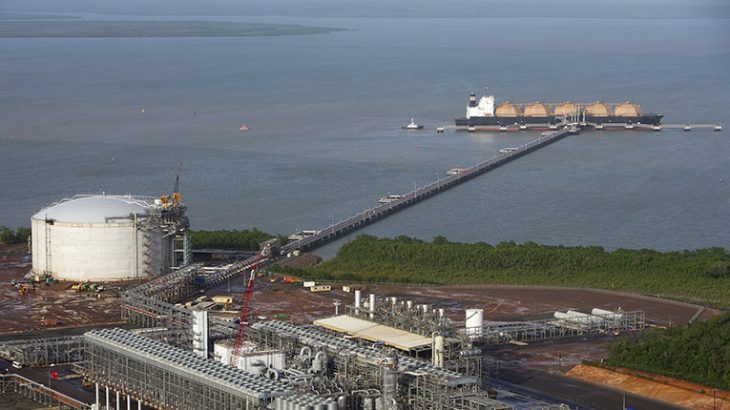For the first time in history, the United States became the world’s largest exporter of liquefied gas last month, as supplies to Europe exploded, according to Bloomberg.
In December 2021, deliveries of liquefied gas from US facilities surpassed those in Qatar, following an explosive increase in deliveries from Sabine Pass and Freeport terminals, according to data analyzed by Bloomberg.
The shale gas revolution, coupled with billions of dollars in investment in liquefied gas facilities, has transformed the United States from an importer to a net exporter of liquefied gas in less than a decade. US gas production has increased by about 70% compared to 2010 and by the end of this year the US would have the largest liquefied gas export capacity in the world, after Venture Global’s Calcasieu Pass terminal becomes operational, according to Agerpres.
However, analysts believe that the US’s leading global position in the liquefied gas exports segment will be short-lived. US exports were slightly higher than those of Qatar or Australia and any possible problems affecting production will change the ranking. In addition, in the medium term, Qatar is planning a huge liquefied gas export project, which would become operational by the end of this decade, which will further cement Qatar’s leading position in liquefied gas exports.
“Qatar and the United States will compete for the title of the world’s largest producer of liquefied gas over the next decade,” said Muqsit Ashraf, a director at Accenture.
In the meantime, however, rising US exports of liquefied gas will help address a global supply shortfall. Europe is facing a gas crisis in the winter season as utility companies have problems with low gas stocks. In December 2021, overseas customers purchased 13% of US gas production, a seven-fold increase from the last five years when there was not much of the infrastructure needed to export gas.
Data collected by Bloomberg also shows that in 2021, US liquefied gas export terminals shipped a record of 1,043 liquefied gas cargoes and nearly half of those ships went to Asian countries while a third went to destinations in Europe.
